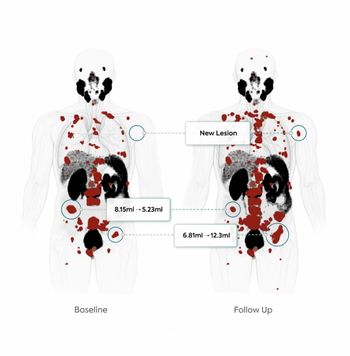
When the DICOM student gets ready, helpful toolkit appears
Mastering a complicated technology like DICOM can be daunting, but students now have a new tool to make the job less intimidating.
Mastering a complicated technology like DICOM can be daunting, but students now have a new tool to make the job less intimidating.
The
"Consider DVTk the lab kit handed out with the DICOM standard on the first day of DICOM 101," said Glenn Potter of Agfa Healthcare in Mortsel, Belgium.
Potter said DVTk plays two important roles. First, it is a good companion for anyone new to the standard.
"To truly understand a complex animal like DICOM, you really need to get your hands on it," Potter said.
DVTk comes with a large number of example SCP/SCU emulators, media validators, and DICOMScript-based texts. As users become more DICOM proficient, they can construct more complex testing and validation applications on top of DVTk with languages like VB.NET and C#.
Second, the DICOM standard does not address how DICOM implementation should be validated, so the standard does nothing to guarantee conformance in a real-world environment.
"Before the development of DVTk, even with the standard in hand, vendors in the field spent a lot of duplicated effort trying to get their systems to talk to each other," Potter said.
When Agfa and Philips joined in, the intention was to produce a DICOM validation tool that could not only be used internally to test their products, but that would be made freely available to other OEMs. DVTk reduces the amount of time spent integrating in the field by exposing systems to DICOM conformance validation tests early in the development process.
Potter said DVTk is more than a validation tool, however. The main validation routing - DVT - is joined by a number of more specialized applications like the DICOM Network Analyzer, DICOM Editor, and DICOM Compare.
"DVTk is really a validation and development tool for building your own validation and troubleshooting tools," he said.
One population other than software developers that can benefit from DVTk is hospital IT staff. DVTk tools such as the DICOM Attribute Validator, Attribute Comparator, and Network Analyzer, which can record and validate messaging between DICOM applications, can help troubleshoot problems in a live hospital environment, Potter said.
Potter's paper was meant to encourage involvement in the DVTk project, as well as attract developers to build off and further enrich this platform for DICOM integration testing. Since there is only one DICOM standard, he believes industry-wide migration to one open-source, independent gold standard DICOM validation tool makes sense.
"Even more exciting are recent efforts within the DVTk community to support Integrating the Healthcare Enterprise profile validation, which positions DVTk as the core of a total healthcare systems test and validation framework," he said.
Newsletter
Stay at the forefront of radiology with the Diagnostic Imaging newsletter, delivering the latest news, clinical insights, and imaging advancements for today’s radiologists.




























